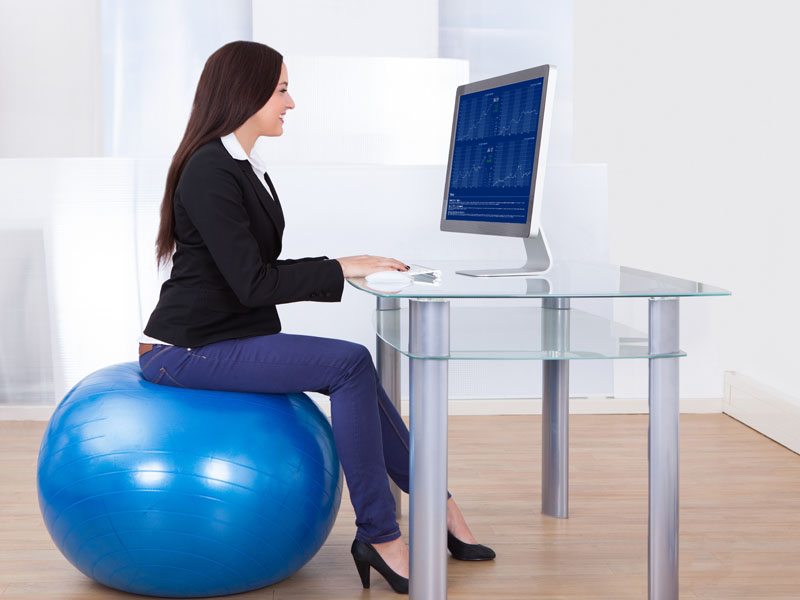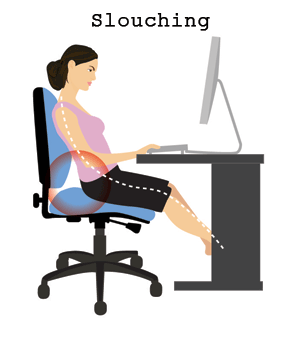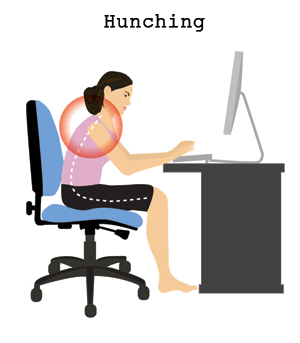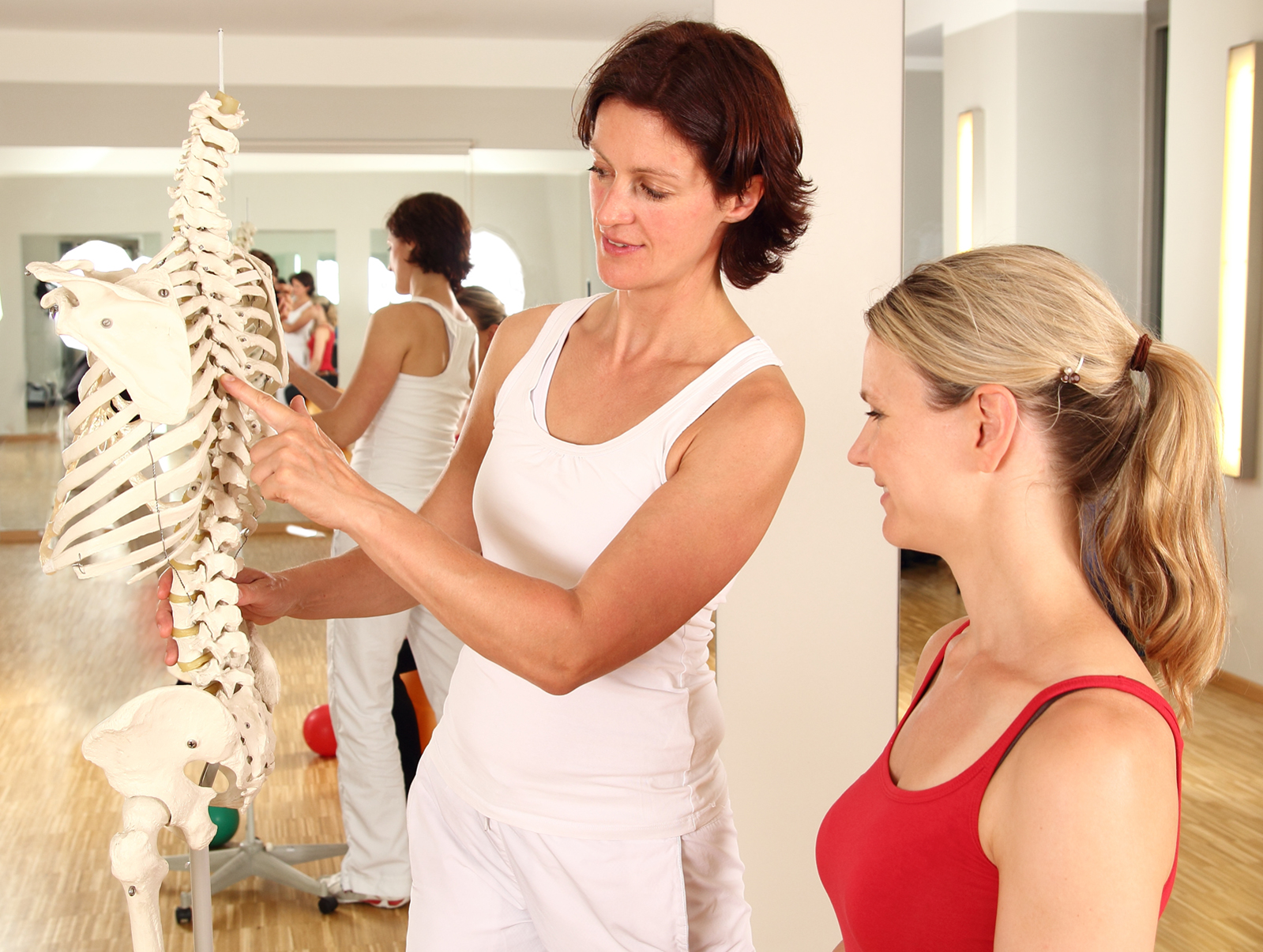Does your back hurt? It’s almost a really silly question — nearly all adults suffer from back and neck pain. Most of us have jobs either trapping us in front of a computer, making us stand on our feet all day, or driving a car for hours at a time. And, for some reason, many of us aren’t taking the steps we need to protect our own health from the demands of the workplace.
Enter ergonomics.
If you were to ask an average joe what ergonomics was, they would say it was a kind of chair, and while there are chairs that are ergonomic, there’s a lot more to it than that. Ergonomics is the science of creating a proper fit between the workplace and the worker, to ensure that the work gets done and no one gets injured in the process. Most people think that ergonomics addresses problems that develop from those long hours logged in a chair in front of a desk, but ergonomics also addresses the difficulties of standing all day (like a bank teller, or someone in retail), lifting heavy boxes (like a UPS delivery person might), and just about any work environment you can think of.
To get an ergonomic assessment, an Occupational Therapist would come to the workplace and point out the things that could be done to make the job less strenuous for the individuals working there. That might mean better chairs, sturdier shoes, or more frequent breaks, depending on the situation. These small changes can mean big differences in worker productivity and job satisfaction, and a much lower rate of injuries on the job.
Even better news for workers and employers is that many health care plans will cover an ergonomic assessment. As in, you can have an Occupational Therapist come to your workplace and do the ergonomic assessment for free. Considering all the productivity gains, it seems unwise not to call your health care service provider to see if they will cover this.
Until you do get in touch with an Occupational Therapist and in lieu of a personalized ergonomic assessment, here are some tips for people who are trapped in front of a computer for most of the day. If your back, shoulders, and neck are hurting, you’re probably either sitting with bad posture or in a non-ergonomic chair. There are easy ways to fix this, and there are two common bad posture positions:
slouching and hunching.
When you slouch, you lean back into your chair, your lower back far from the back of the chair; when you hunch you curl up towards the computer, away from the back of the chair entirely. An Occupational Therapist would suggest that both of these positions are terrible for your back and can be caused by a bad chair or by your own bad posture — the fanciest ergonomic chair in the world won’t do you any good if you don’t sit in it right.
Sitting correctly means your feet are flat on the ground, your back is relatively straight and touching the back of the chair, and your shoulders are not hunched. If you find yourself slouching back, you may need more lumbar support, if you find yourself hunching forward you may need to adjust the position of your monitor, or make the type larger so you don’t have to lean forward to read it.
But one of the most important pieces of advice an Occupational Therapist would give you is that you should be taking regular breaks. Every hour you should stand up, stretch and move around for a little while. And, just as importantly, you should be getting regular exercise. Even just walking and yoga, neither of which are strenuous, can make huge differences in your level of comfort at work.
So, get an ergonomic assessment, and look into getting one for free from your health care provider, your back and your work will thank you.













